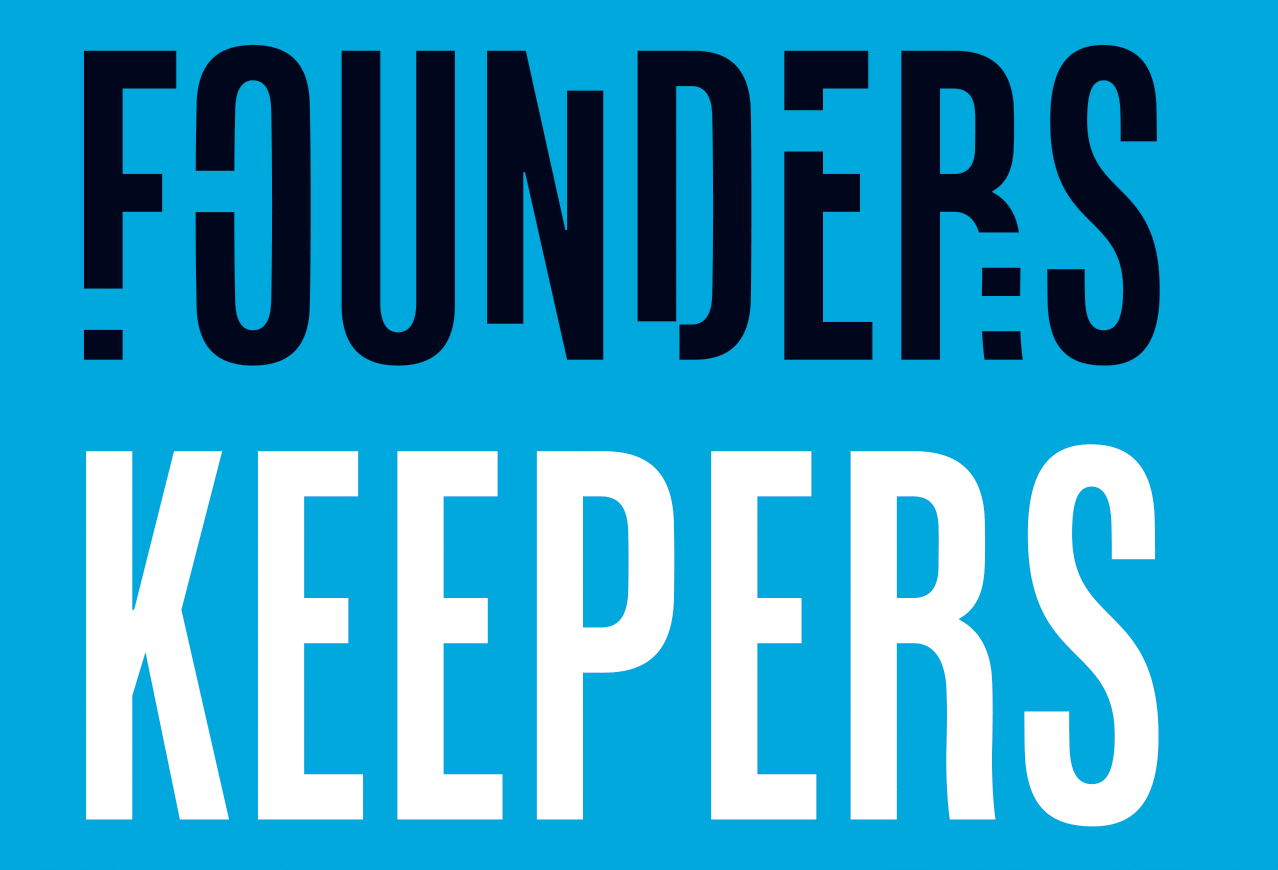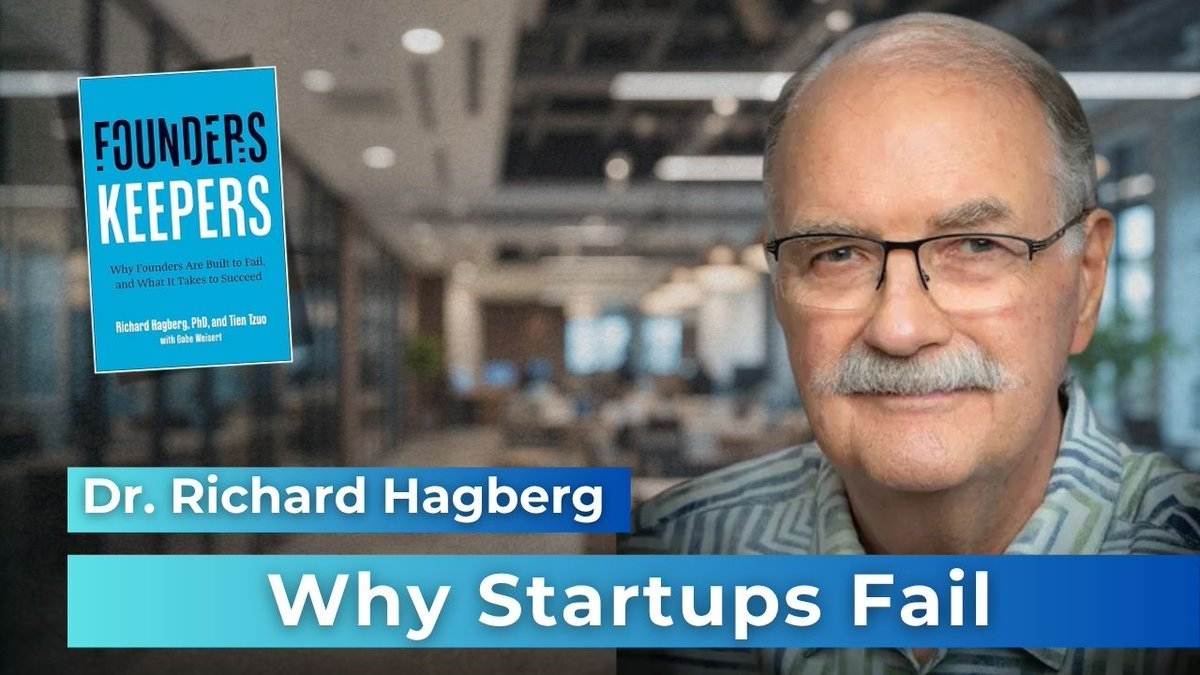Article
The Emotional Geometry of Influence: Why Composure Beats Charisma (Part 3 of The Best Leaders Playbook — Inner Mastery Series)

The Charisma Illusion
Charisma gets all the press.
It fills conference rooms, wins funding rounds, and dominates the LinkedIn highlight reel. We treat it like the gold standard of leadership — as if volume equals vision.
But charisma is a sugar high. It spikes energy, then crashes trust.
Composure, on the other hand — quiet, grounded, centered composure — is the kind of influence that lasts. It doesn’t light up a room; it settles one.
When things go sideways, it’s not the charismatic leader people look for. It’s the calm one.
The Crisis Test
Picture this. The product just failed. The client’s furious. Your team’s pacing like trapped cats.
Two leaders walk in. One storms into action — loud, fast, “What the hell happened here?” The other walks in slowly, looks around, and says, “Okay, let’s breathe. What do we know so far?”
The first one gets attention. The second one gets results.
That’s emotional geometry — the calmest person in the room reshapes everyone else’s state.
Why Calm Is the Real Power
When you stay composed, you’re not just managing your emotions — you’re regulating the entire system.
Here’s the neuroscience behind it: people mirror the nervous system of whoever has the most authority. If you’re grounded, they sync to your rhythm. If you’re frantic, they sync to that instead.
You don’t need to lecture anyone on resilience. You just have to model it.
It’s not charisma that makes people trust you; it’s the quiet sense that you’re not going to lose your mind when things get hard.
Charisma’s Half-Life
Charisma is a spark. It can ignite a team — but if there’s no composure beneath it, the whole thing burns out.
You’ve seen this movie before: the leader who rallies everyone with a passionate all-hands speech, then disappears into reaction mode when things get messy.
Charisma without composure is like caffeine without sleep. You’re awake, but you’re not steady.
Composure doesn’t get the applause. It gets the loyalty.
A Founder’s Story
One founder I worked with — I’ll call him David — was known for being a “high-voltage” guy. He could pitch an investor, fire up a crowd, or talk anyone into anything.
But his team? They were walking on eggshells. His energy filled every room, but it left no oxygen for anyone else.
During one session, I asked, “When you raise your voice, what happens to theirs?”
He went quiet.
That was the moment he understood that his passion — the thing he was most proud of — had become the team’s anxiety.
A year later, his team described him differently: “He’s still intense, but steady. We trust him more now.”
He didn’t lose charisma; he layered it with composure.
The Calm Before the Influence
Here’s what composure actually looks like:
- You listen longer. Because real influence starts with attention, not argument.
- You breathe before reacting. That pause isn’t weakness; it’s power management.
- You let silence do the work. Charisma fills every space; composure creates space for others to step in.
- You own your tone. You realize your sighs, your speed, your face — they’re all communication tools whether you intend them or not.
- You choose steadiness over certainty. People don’t need you to know everything. They just need to know you’re okay not knowing.
Funny But True
A client once told me, “When I’m calm in a meeting, people assume I’m hiding something.”
I said, “Good. Let them wonder.”
That’s how unfamiliar calm has become. In some cultures, composure looks radical — even suspicious. But it’s exactly what people crave in a world that never shuts up.
Why Charisma Is Easier (and More Addictive)
Charisma gets feedback. You see the energy rise, you feel the applause. It’s visible.
Composure feels invisible — until you lose it.
No one thanks you for staying calm during a crisis. But they remember it when deciding whether to follow you into the next one.
That’s why maturity in leadership means getting comfortable with the quiet wins — the meeting that didn’t spiral, the argument that didn’t happen, the team that stayed focused because you did.
The Emotional Geometry in Practice
Think of composure as geometry because emotions move through space.
When you enter a room, you alter its emotional shape.
If you radiate calm, people’s shoulders drop. Their thinking widens. They start contributing. If you radiate stress, the room contracts. People shrink. Ideas vanish.
Influence isn’t what you say. It’s the energy field you create.
Your Challenge This Week
Before your next high-stakes meeting, pause outside the door. Take one deep breath and ask yourself: What energy does this room need from me right now?
Then bring only that. Nothing more.
You’ll be amazed how fast everything slows down when you do.
Final Word
Charisma captures attention. Composure builds trust.
One is about how loudly you shine; the other is about how steadily you glow.
The leader who can stay centered when everyone else is spinning doesn’t just have influence — they are the influence.
And that’s the kind of power that never burns out.
share this
Related Articles
Related Articles
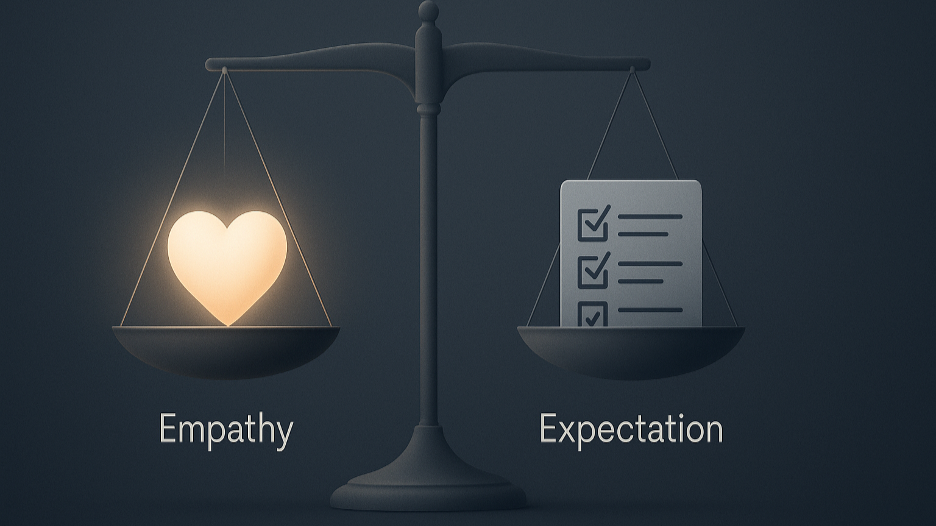
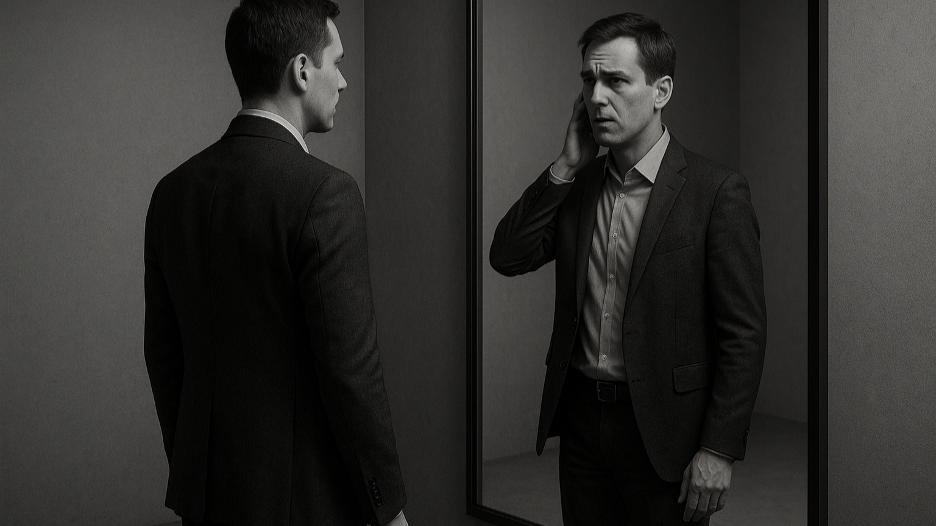
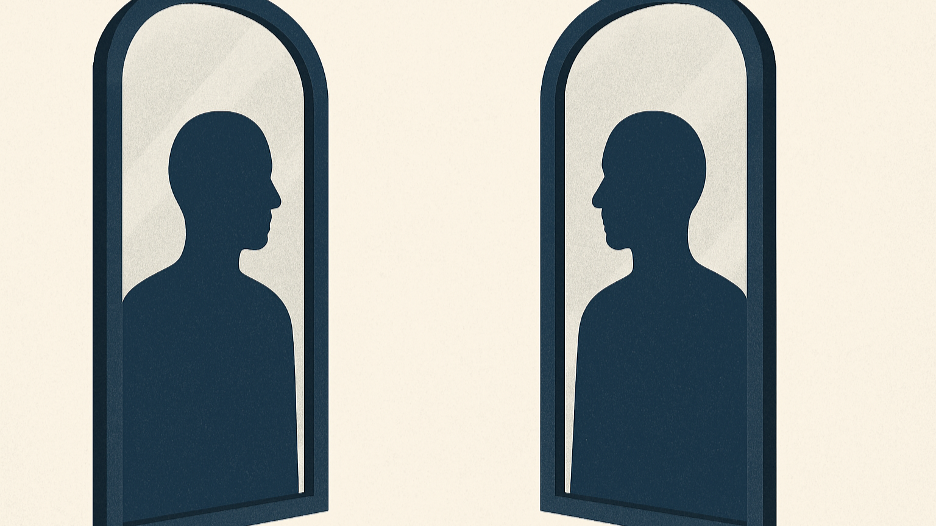
STAY UP TO DATE
GET PATH'S LATEST
Receive bi-weekly updates from the church, and get a heads up on upcoming events.
Contact Us







